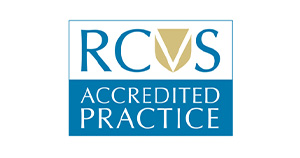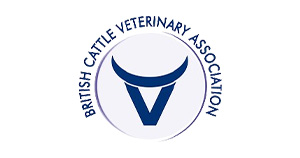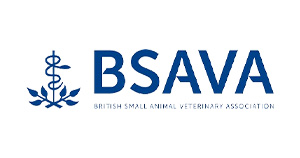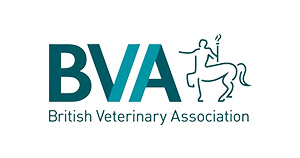How to avoid common foot-blocking pitfalls
How to avoid common foot-blocking pitfalls
Published on: July 10th, 2024
We all know that early detection and prompt, effective treatment of a lame cow is vital to improving her chance of recovery.
All cows with claw horn lesions (principally sole haemorrhage, sole ulcer, and white line disease) should be receiving an NSAID treatment alongside therapeutic trimming and the use of a block. But applying blocks isn’t always quite as simple as it sounds; what can go wrong?
If we apply the block to the sound claw without checking if it is healthy, we could be making the problem worse. These cows often present more lame post-treatment as all the weight is now through one lame claw. To avoid this, before applying any block, clean and test the sound claw. Hoof testers are the easiest way to check if this claw is pain-free.
We often see incorrect block choices. This often means blocks that are too small for the foot are used. This leads to cows rocking back and can lead to tendon damage and a poor recovery rate. It can also result in heel ulcers developing beneath the block. Make sure your block is the correct length for your cows. Most 11cm blocks are too small for the modern Holstien cow and are only suited for heifers or jerseys! Blocks should cover the heel, so generally, 13 cm is more suitable.
The purpose of a block is to unload the affected claw and allow it to heal. With a thin or shallow block, the unloading just isn’t achieved, and therefore the cow still weighs bears and doesn’t get the benefits. Your block choice must provide the height difference to protect the injured claw.
Using the correct block for the lesion type. Different blocks have different purposes. All of them have roles, and some are really farm-specific: soft PU blocks are useful for lesions needing longer recovery; non-wearing blocks can help cows in high-wear environments; or even double blocking! Avoid blocks or shoes that require the foot to be shaded to fit. For foot first aid, a wooden block is a good place to start!
Block angle on the foot is very important and very easy to not get right. Any block that slopes inwards reduces the usefulness of the block and potentially destabilises the cow as she walks. The perfect block is applied at a 90-degree angle to the leg bone (level or sloping slightly outwards); the inside of the block should be aligned with the inside wall, and the end should be no more than 1 cm back from the toe. If only after your glue sets do you realise it’s sloping inwards, if it’s not too bad, you can modify your wooden block with a grinder to be level.
Finally, the most frustrating one is blocks, which fall off. This can lead to excessive glue use and poor glue distribution. Careful preparation of the claw will help your block stick. First, remove dirt and moisture from the sole. A rasp and a flame torch are helpful here, but take care not to overthin when preparing the sole, especially on the walls. Glue should be placed generously in the toe area in a pattern that avoids creating pressure points at the heel and the sole ulcer site, and make sure any excess glue is smoothed to avoid injuring the claw and skin.
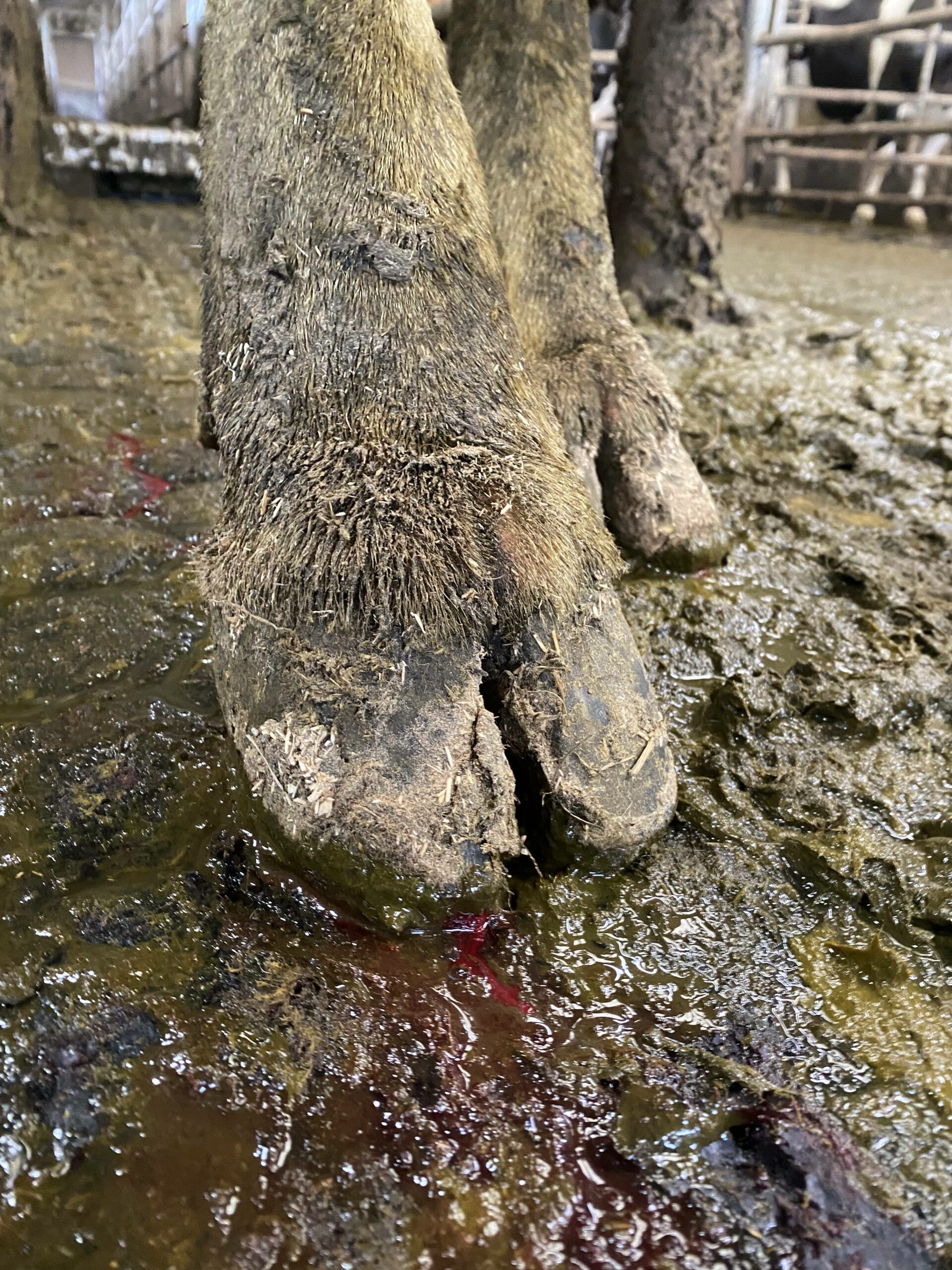
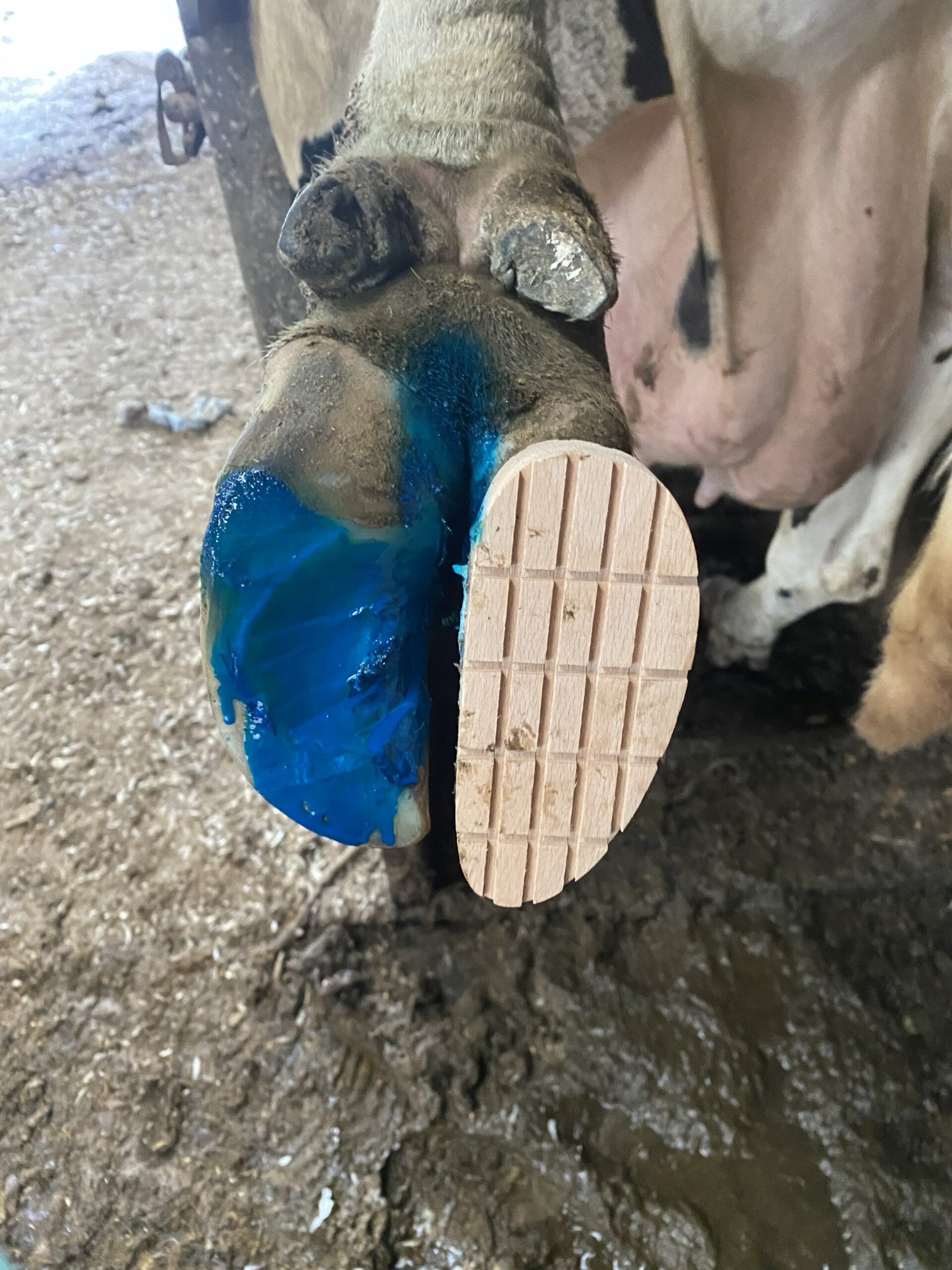
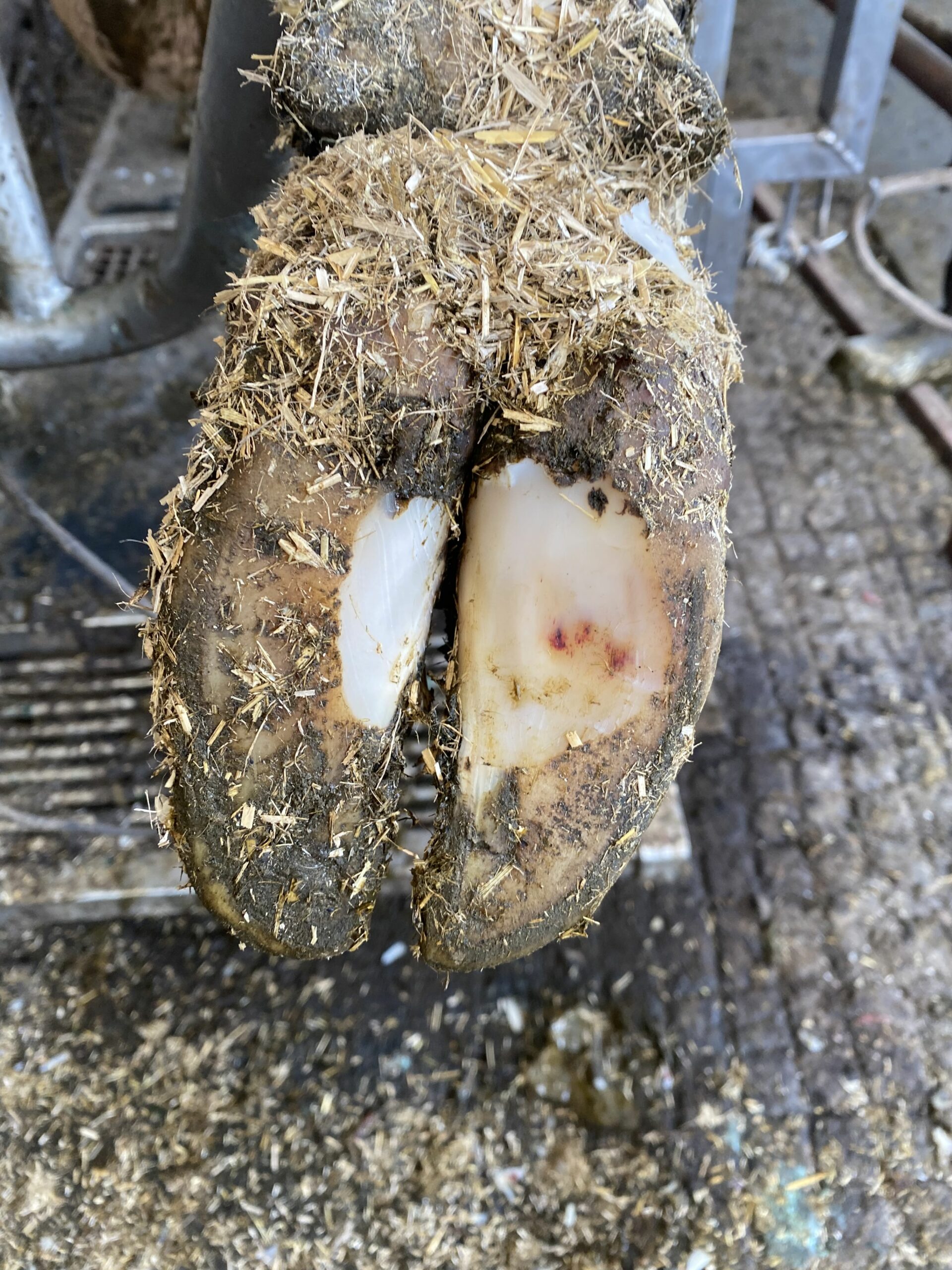
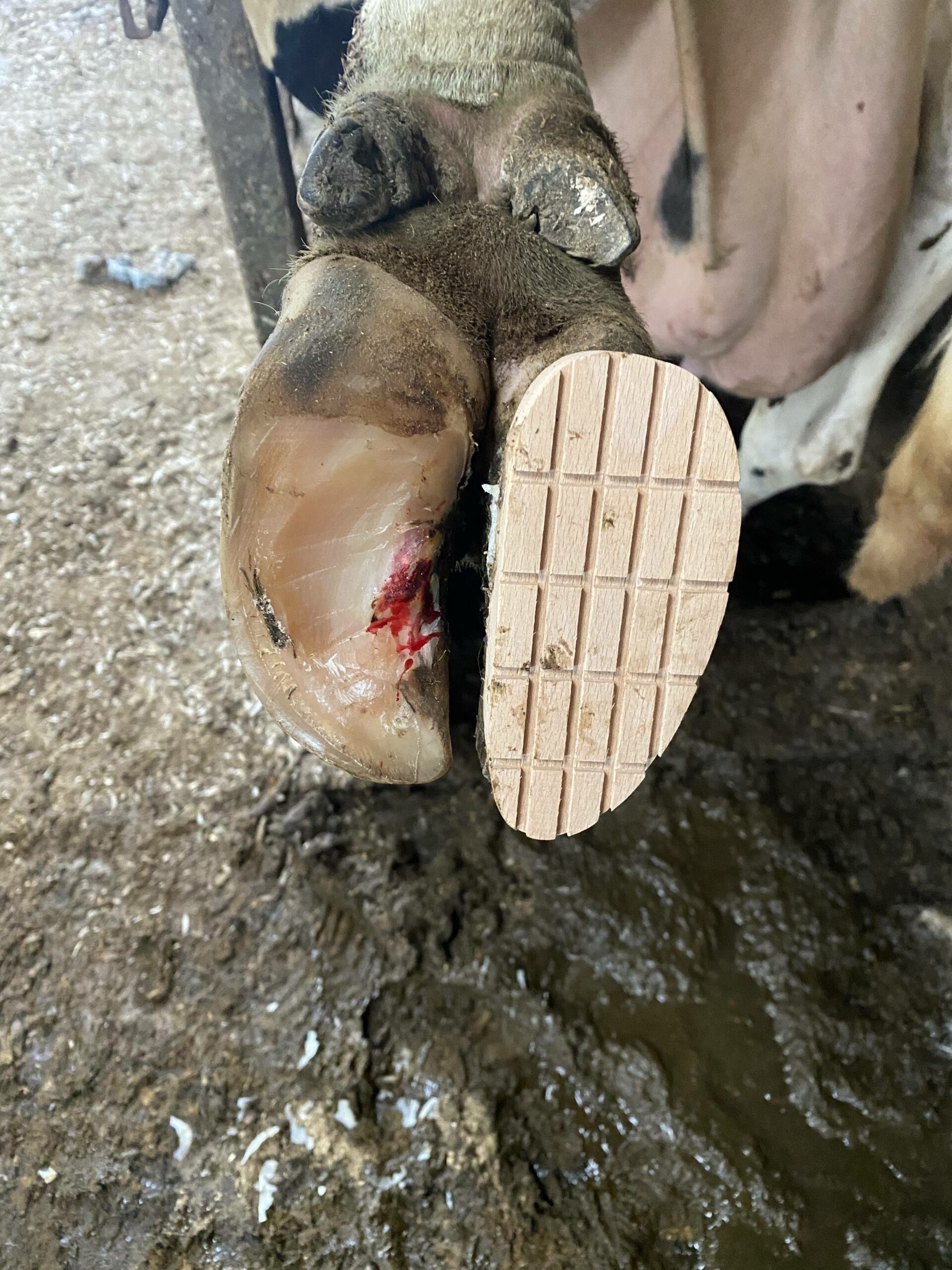
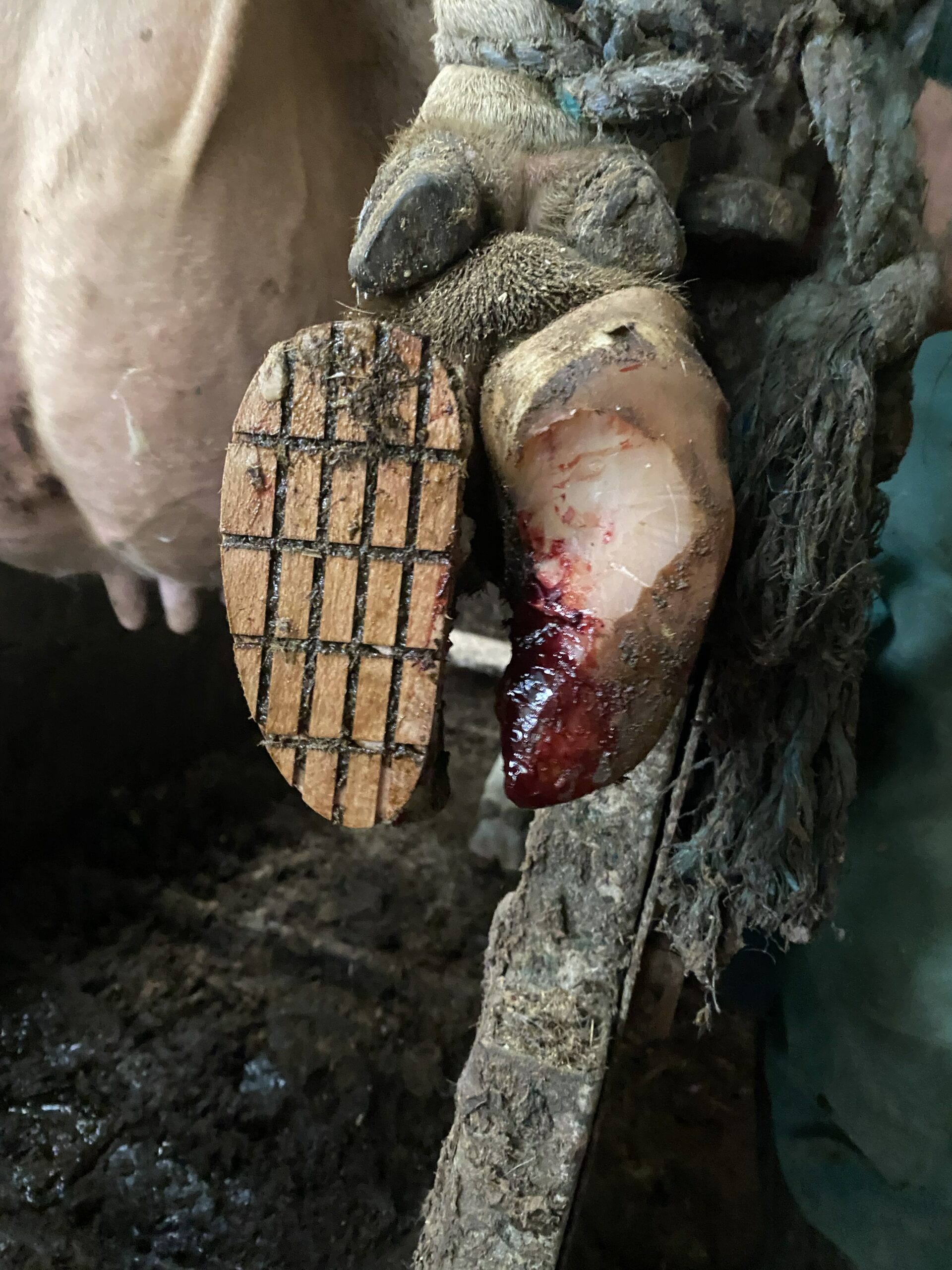

Author
Rosie Lyle
Discover essential tips for successful block application to treat lame cows. Learn how to avoid common pitfalls, choose the right block, and ensure proper application for faster healing and improved cow comfort.
#Lameness #ClawHornLesions #SoleHaemorrhage #SoleUlcer #WhiteLineDisease #NSAID #BlockApplication #HoofTester #BlockChoice #BlockAngle #GlueApplication #FootCare





